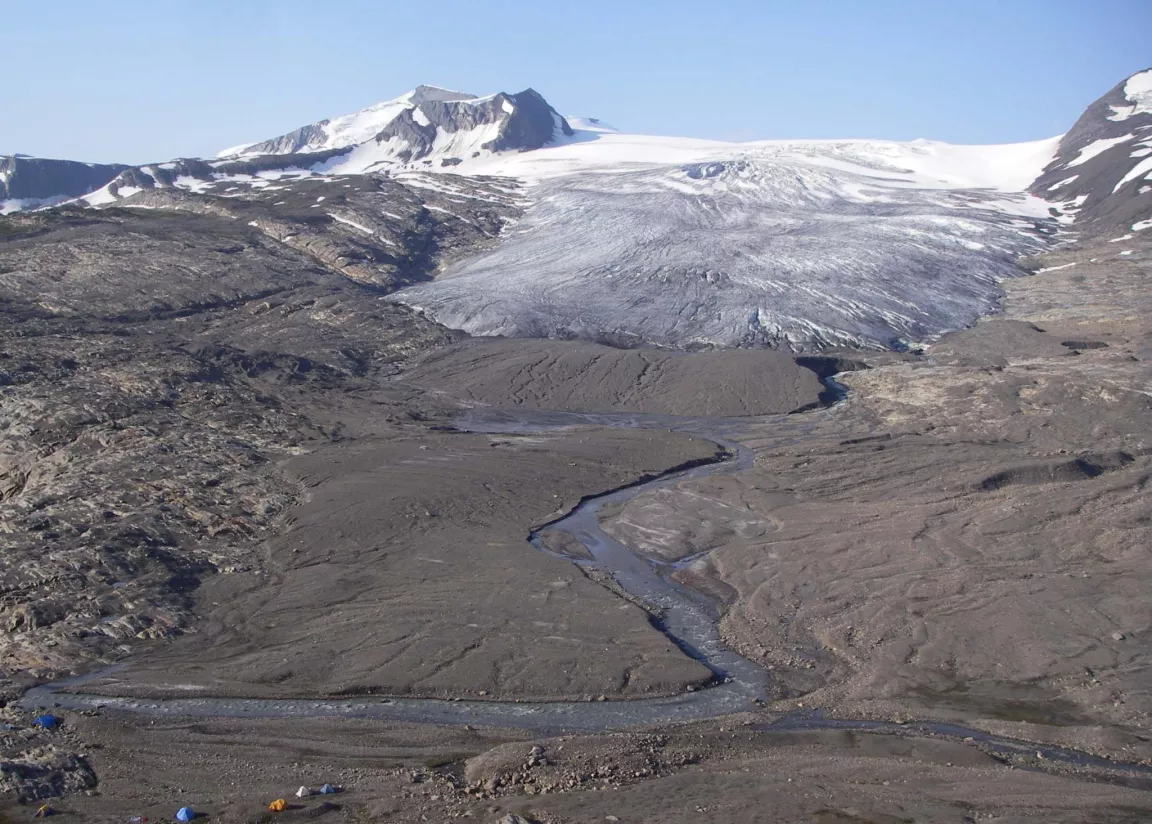Glacier sediments act as a sponge for contaminants

Sediments on the surfaces of a glacier in eastern B.C. and elsewhere in the world are acting as a sponge and absorbing large amounts of contaminants that are contained in glacial meltwater.
Those are the findings published Thursday in the Nature journal Scientific Reports by researchers at the University of Northern British Columbia and the University of Plymouth in the United Kingdom.
The paper, titled Extreme Levels of fallout radionuclides and other contaminants in glacial sediment (cryoconite) and implications for downstream aquatic ecosystems, is available at: www.nature.com/articles/s41598-019-48873-z
“This is of interest given the increase in glacier retreat due to climate change, and thus more meltwater, which is releasing contaminants that were previously locked up in glaciers. As glaciers melt, they release water, sediment and contaminants to downstream rivers, which could affect aquatic ecosystems and human health,” explains Dr. Phil Owens, a Professor in Environmental Science at UNBC, the lead author on the paper.
“The paper mainly focuses on fallout radionuclides derived from the atom-bomb tests in the 1950s and 1960s, which were delivered to glacier surfaces by atmospheric processes, but also mentions other chemical elements such as metals.”
Dr. Owens, a Forest Renewal BC (FRBC) Endowed Research Chair in Landscape Ecology, studied glacial sediments from the Castle Creek Glacier near McBride and compared them to sediments collected from the downstream river which drains from the glacier. He found that fallout radionuclides in river sediments were higher closest to the glacier and decreased downstream, away from the glacier snout.
The project was funded by Dr. Owens’ Natural Sciences and Engineering Research Council of Canada (NSERC) Discovery Grant, FRBC and UNBC.